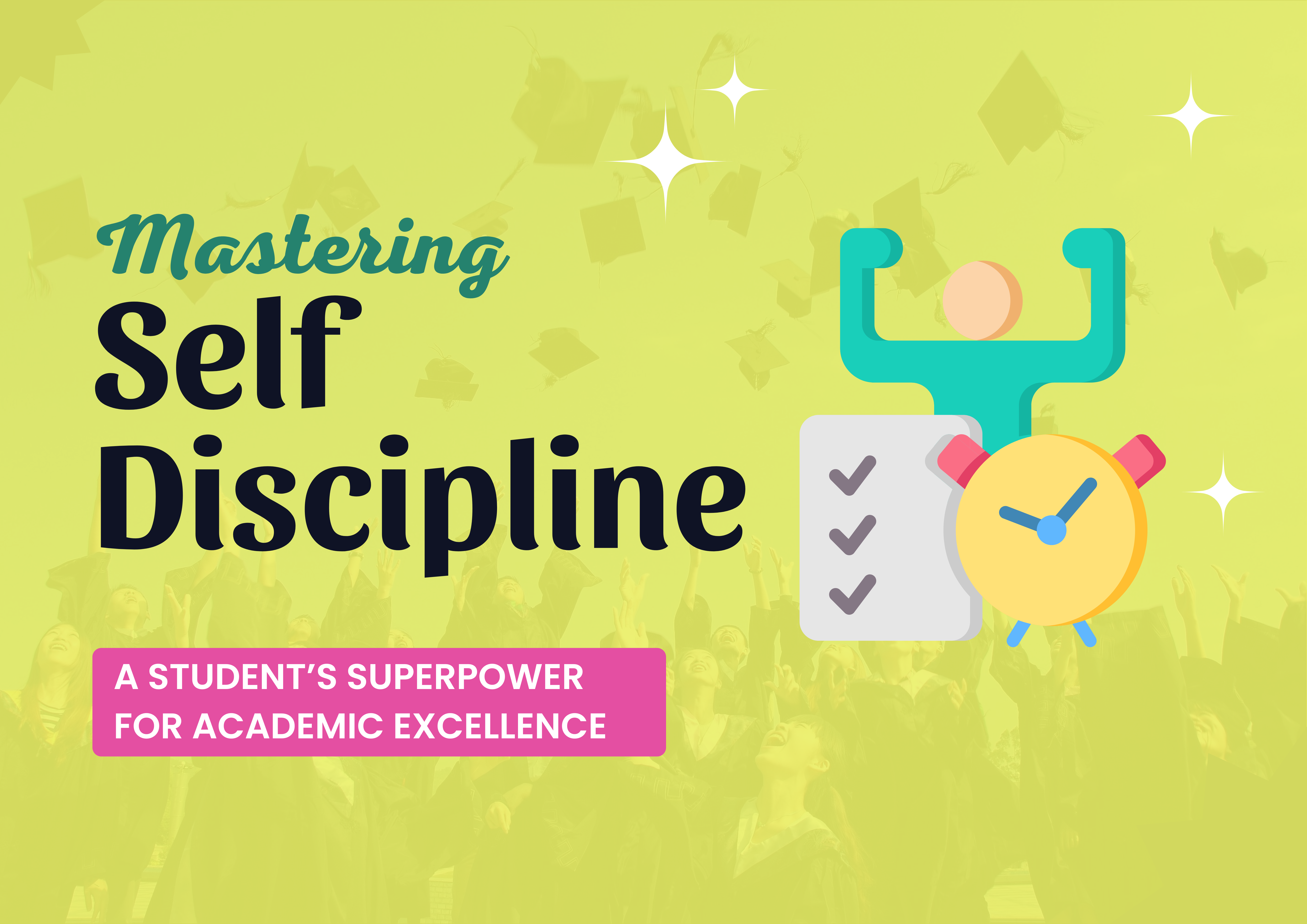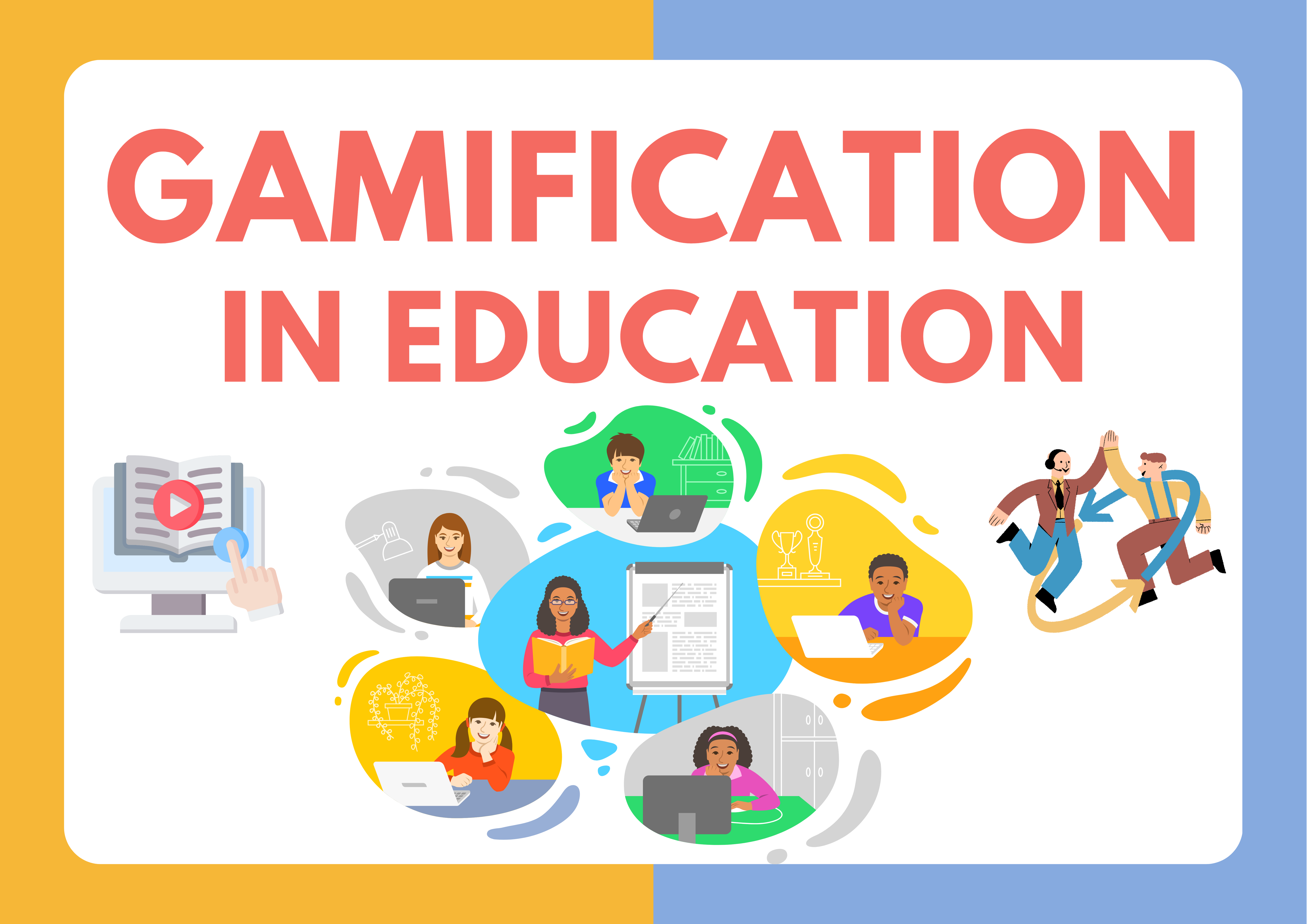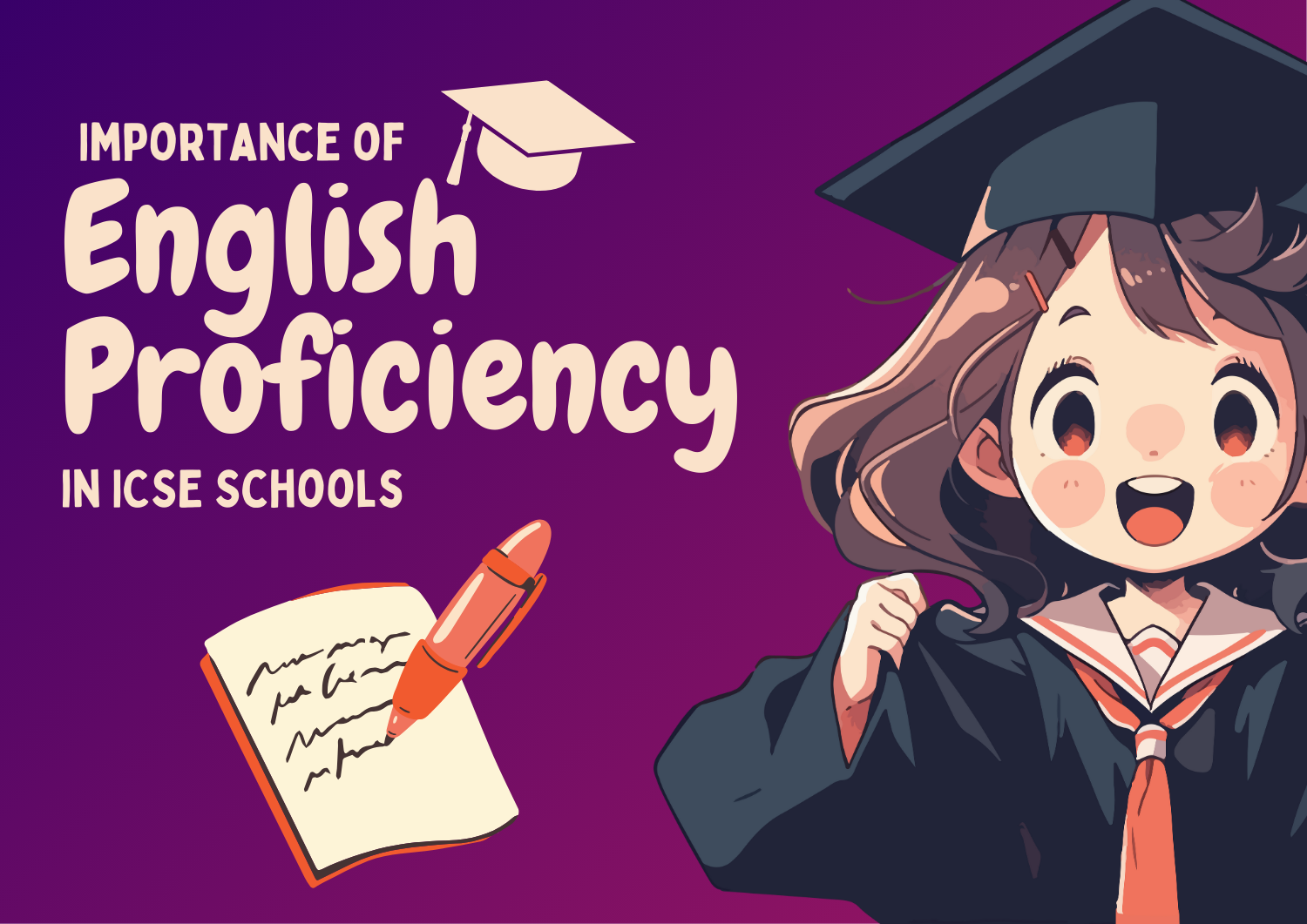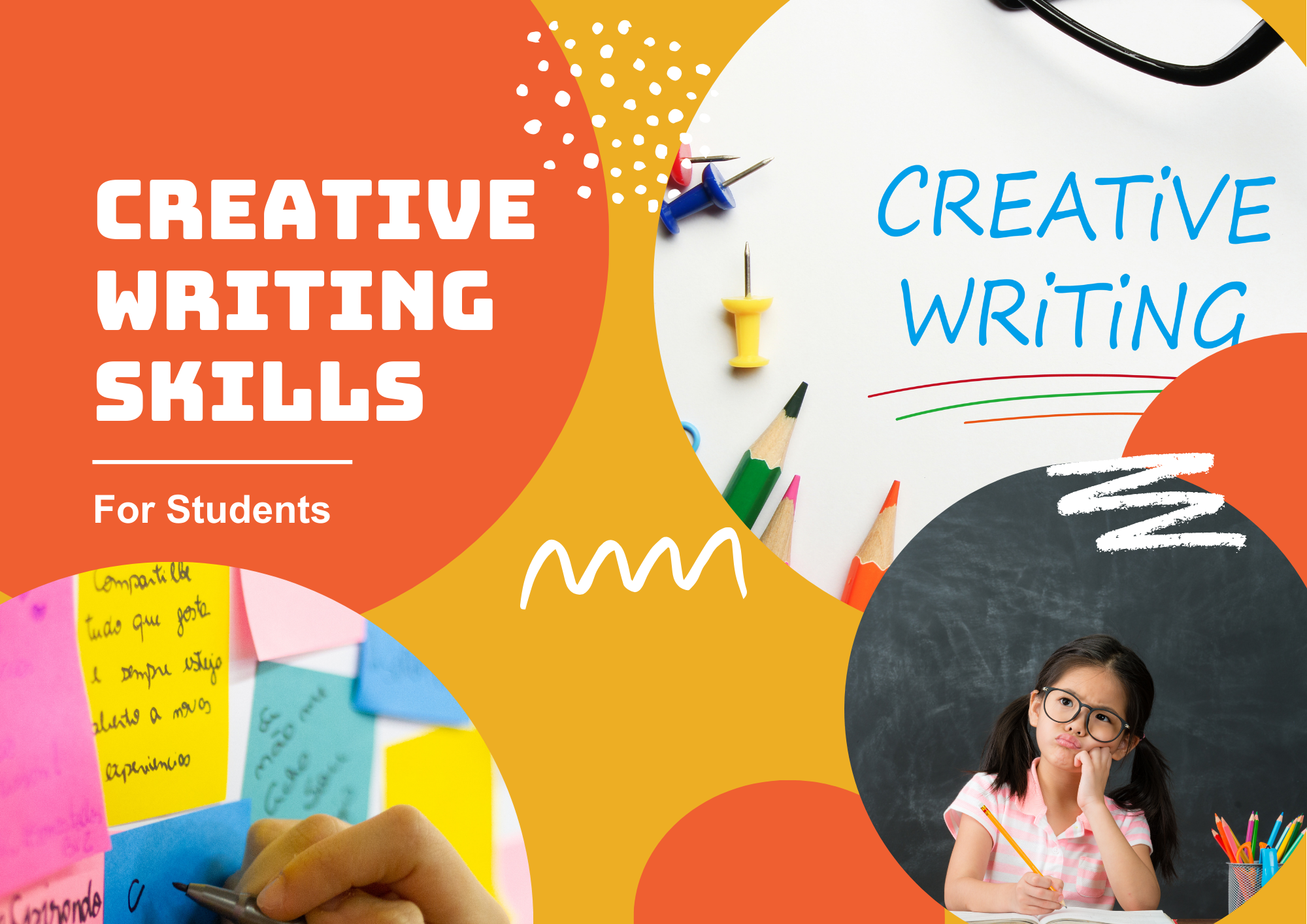The concept of Gamification in Education is revolutionizing the way students learn by making the process more engaging, interactive, and enjoyable.
By integrating game elements like scoring, rewards, challenges, and badges into learning experiences, educators are effectively capturing students’ attention and enhancing their learning outcomes.
At esteemed boarding schools in Dehradun like Shri Ram Centennial School Dehradun, incorporating gamification into the curriculum is proving to be a successful strategy for boosting motivation, creativity, and academic performance.
What is Gamification in Education?

Gamification in Education involves applying game design elements to non-game contexts, specifically the educational environment. It transforms traditional teaching methods by including features such as:
- Points and Scoring Systems: Rewarding students for completing tasks.
- Leaderboards: Encouraging healthy competition.
- Badges and Achievements: Providing recognition for accomplishments.
- Challenges and Quests: Making learning feel like a journey with goals and milestones.
By using these elements, educators can enhance student engagement and make learning more enjoyable and effective.
Why Gamification in Education Works
The appeal of Gamification in Education lies in its ability to motivate students and create a positive learning experience. Here’s why it works:
1. Increases Motivation and Engagement
When students are rewarded for their achievements, it boosts their motivation and enthusiasm to keep learning. Interactive elements such as points, badges, and leaderboards provide instant feedback, encouraging them to improve continuously.
2. Enhances Cognitive Skills
Educational games and gamified lessons require critical thinking, problem-solving, and strategic planning, which enhance cognitive skills essential for academic success.
3. Promotes Collaboration and Social Skills
Group-based challenges and quests encourage teamwork, communication, and cooperation among students, fostering social skills and leadership abilities.
4. Improves Learning Retention
The interactive nature of gamification helps students retain information more effectively. When learning feels fun and rewarding, they are more likely to remember and apply what they have learned.
Examples of Gamification in Education

Various tools and techniques are being used to incorporate Gamification in Education:
- Math 180: Uses game-based activities to enhance math skills and promote a growth mindset.
- MinecraftEdu: A special version of Minecraft designed for educational purposes, helping students learn concepts like architecture, math, and storytelling.
- Waggle: An interactive app providing in-program rewards and skill-building activities for K–8 students.
These platforms demonstrate how gamification can be applied to various subjects, making learning engaging and productive.
How to Implement Gamification in Education

Incorporating Gamification in Education doesn’t have to be complicated. Here are some practical tips:
1. Create Learning Quests:
Design learning modules as quests where students complete tasks to earn points and progress to higher levels.
2. Use Badges and Certificates:
Reward students with badges or certificates for completing lessons or displaying positive learning habits.
3. Incorporate Leaderboards:
Encourage friendly competition by displaying scores or achievements on a classroom leaderboard.
4. Provide Instant Feedback:
Ensure students receive immediate feedback on their progress to keep them motivated and on track.
Gamification at Shri Ram Centennial School Dehradun
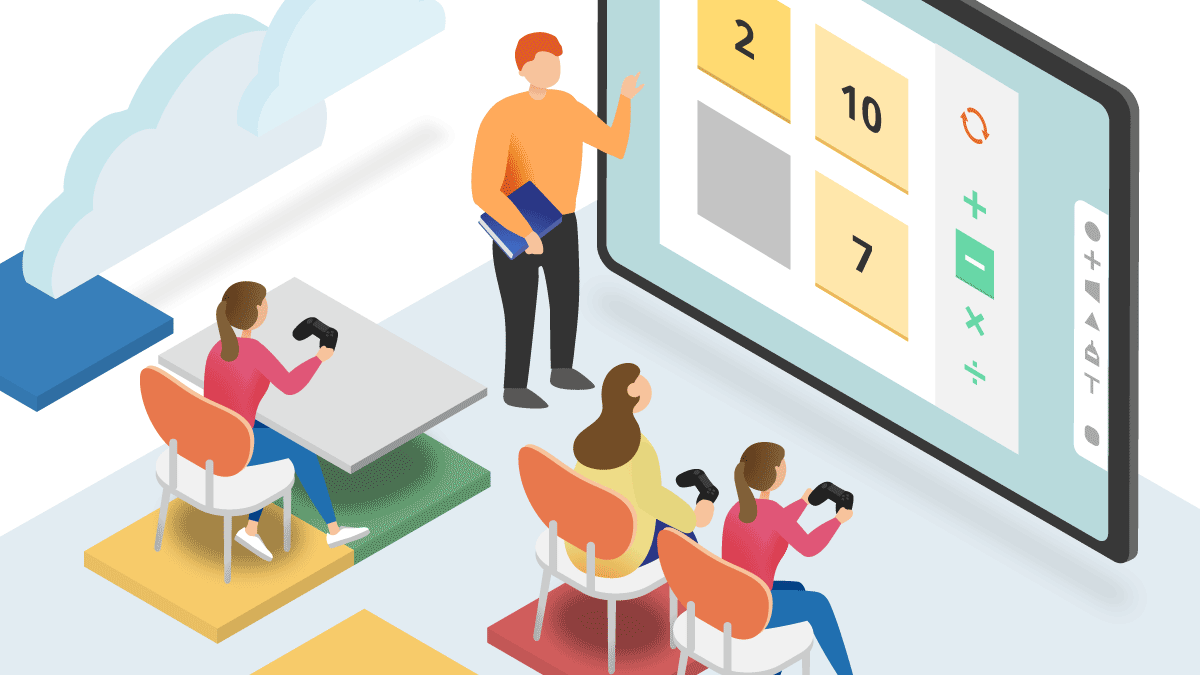
At Shri Ram Centennial School Dehradun, one of the leading boarding schools in Dehradun, Gamification in Education is actively promoted to enhance the learning experience.
The school integrates game-based learning tools and techniques to make subjects more interactive and enjoyable.
Students at SRCS participate in learning quests, educational games, and collaborative challenges, ensuring that they stay motivated and engaged throughout their academic journey.
This innovative approach to learning fosters creativity, critical thinking, and problem-solving skills, preparing students for future success.
Conclusion
The future of education is evolving, and Gamification in Education is at the forefront of this transformation.
By incorporating game-like elements into the learning process, schools like Shri Ram Centennial School Dehradun are creating an engaging environment where students thrive both academically and socially.
Embracing gamification can help educators unlock students’ full potential by making learning fun, interactive, and memorable.


